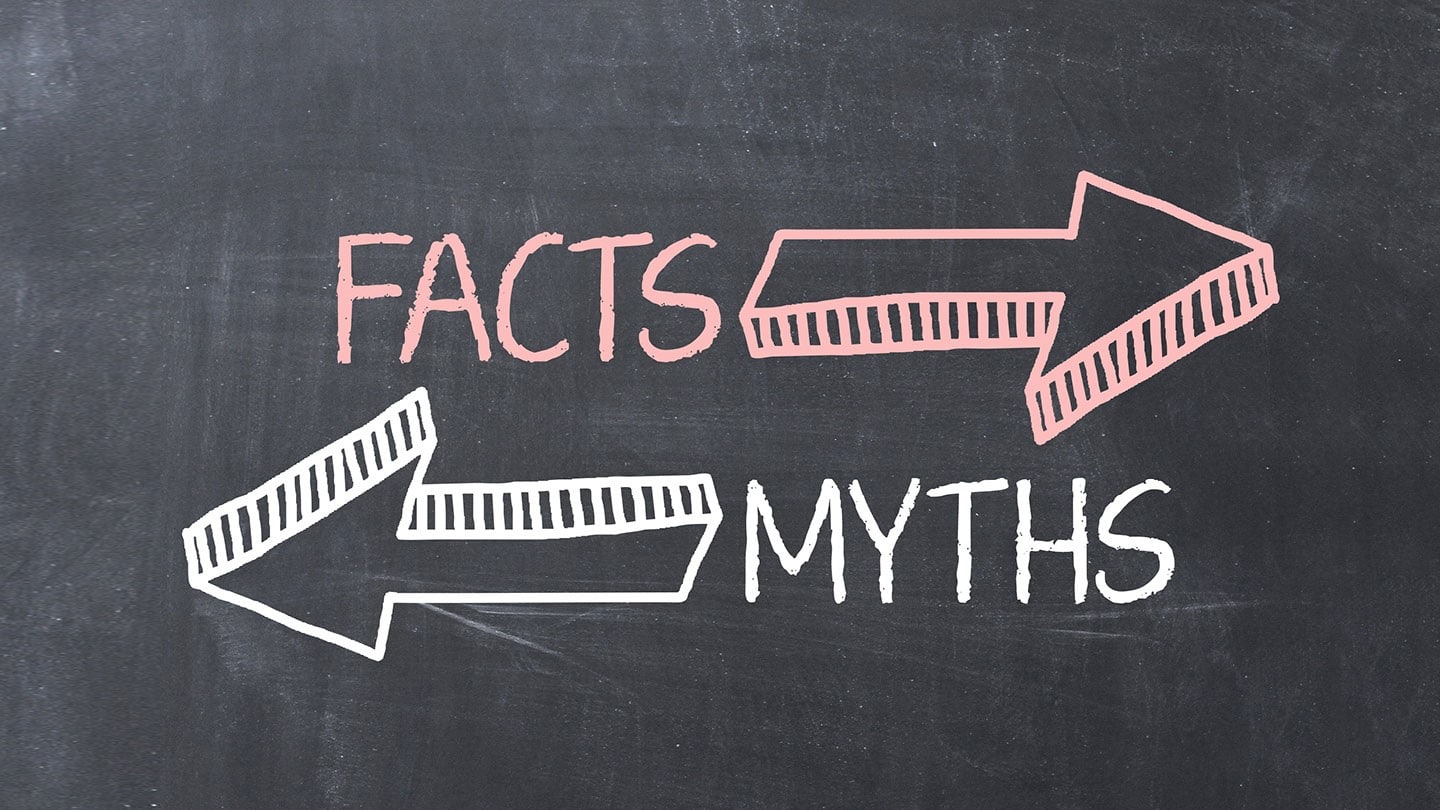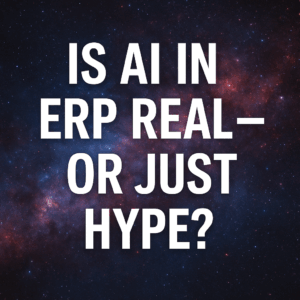Last post I talked about what is Organizational Change Management. It’s a well-known term, yet still greatly misunderstood, and the lack of it is the root cause of many transformation failures. Let me debunk a few common myths associated with change management:
Table of Contents
ToggleMyth #1- Technology Equals Transformation
First, technology implementation does not result in transformational change. Yes, if done correctly, it does provide new tools. But, by itself, it doesn’t change how work gets done or how decisions get made. In fact, research has shown that, in hindsight, leaders of technology implementations that were supposed to result in transformation wished that they had done more work around change management. This is especially true for organizational change on global digital transformations . They won’t make this same mistake twice – learn from them!
Myth #2 – Change Management is Just Good Communication and Training
Second, effective change management is more than communications and training. Yes, both of these disciplines are needed, but they should be thought of only as components of change management – they don’t equate to it. Change management is both an art and a science, with many strategic and tactical facets required to achieve success. All need to be part of your ERP organizational change management plan.

Myth #3 – Consultants will manage the Change
Third, change management is not something that consultants can just “do” for clients. (Isn’t this a shocking statement for a career consultant to make?) Consultants can do things like help establish change strategy, develop role descriptions, build communications and develop training, but the most effective change management teams are those that are comprised of both clients and consultants. Client team members, including executives, are crucial to the change team. They know how to get things done throughout the organization and how to communicate with stakeholders, and they have the ability to remove obstacles.
Organizational Ownership
So, how can an organization adopt change management? Develop what I call “organizational ownership” of the change. Recognize that few (if any!) technology initiatives are only about technology. They affect people and the way they work. Change often creates angst throughout an organization, and this angst is magnified when users feel like “IT is doing this ‘to’ me (as opposed to ‘with’ me)” or “IT is doing this and they don’t have enough understanding about the way I work.”
My concept of “organizational ownership” is just what it sounds like – getting the whole organization to demonstrate a collective sense of ownership of the change. While OCM is often thought of as a combination of communications and training, creating “organizational ownership” proves to be a much more effective way of driving widespread adoption of the new ways of working (aka, the change). For example, when a change initiative results in new job roles, it is important that HR participate in their definition and help establish the roles’ objectives.
There are no silver bullets. Driving change is hard. Making it “part of the fabric” (just the way work gets done) of operations is even harder. If you are struggling with change in our organization or are worried about an upcoming initiative, please hit me up, I would love to chat.





